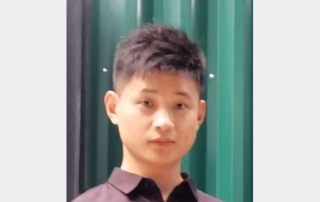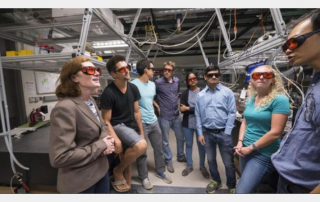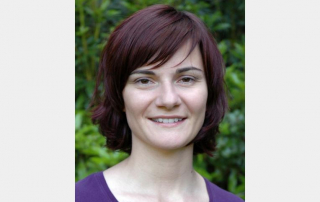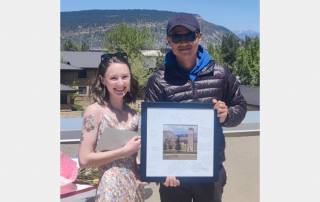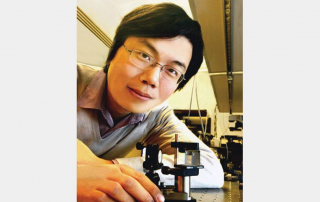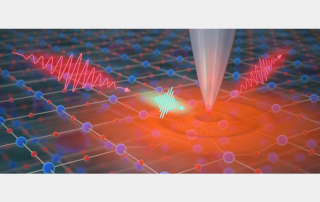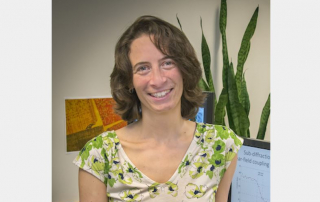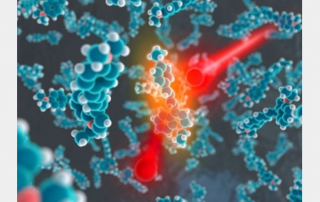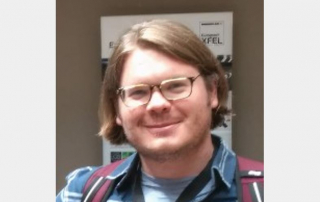Congratulations to Bin Wang for Receiving the 2022 SPIE BACUS Scholarship
Congratulations to Bin Wang for receiving the 2022 SPIE BACUS Scholarship! The SPIE BACUS Scholarship was set up in 1998 to reward the most qualified students who wish to work in the fields of photomask and microlithography manufacturing for the semiconductor industry. This award will partially assist with pursuing Bin’s career goals in the fields of microlithography, photomask technology and/or optical/EUV photolithography technologies.
The BACUS Steering Committee, in concert with the SPIE Scholarship Committee, will work with institutions of higher learning to identify candidates and award scholarships to help prepare them to make significant contributions to industry.
